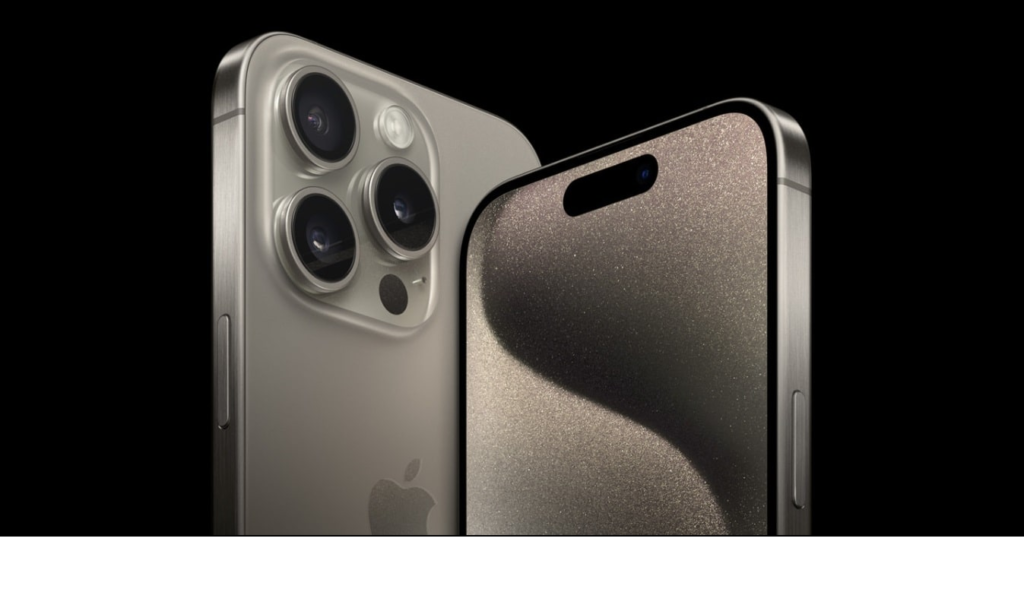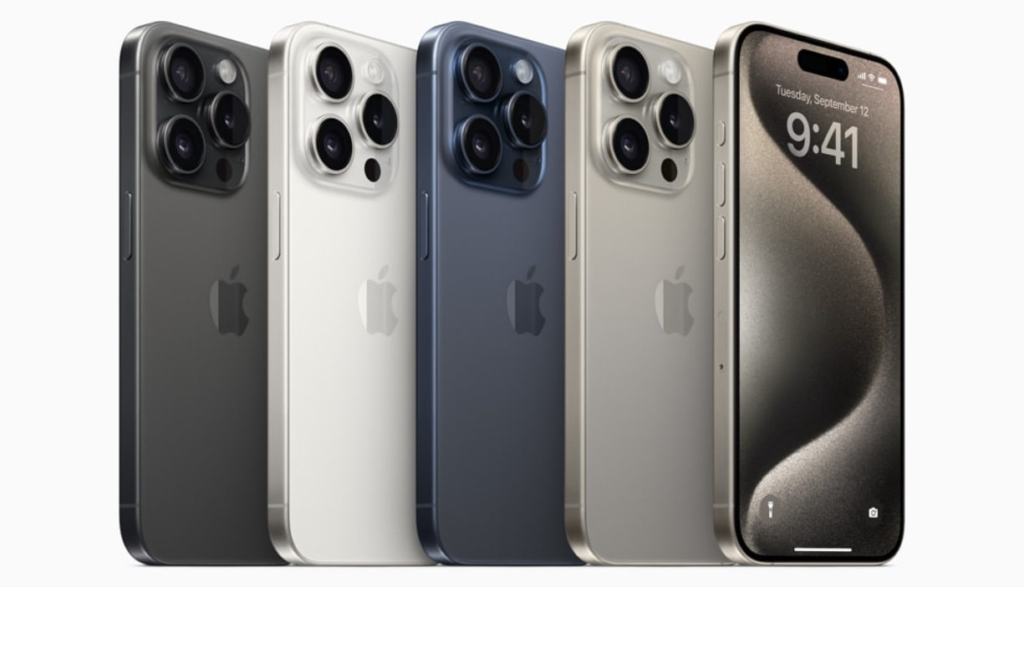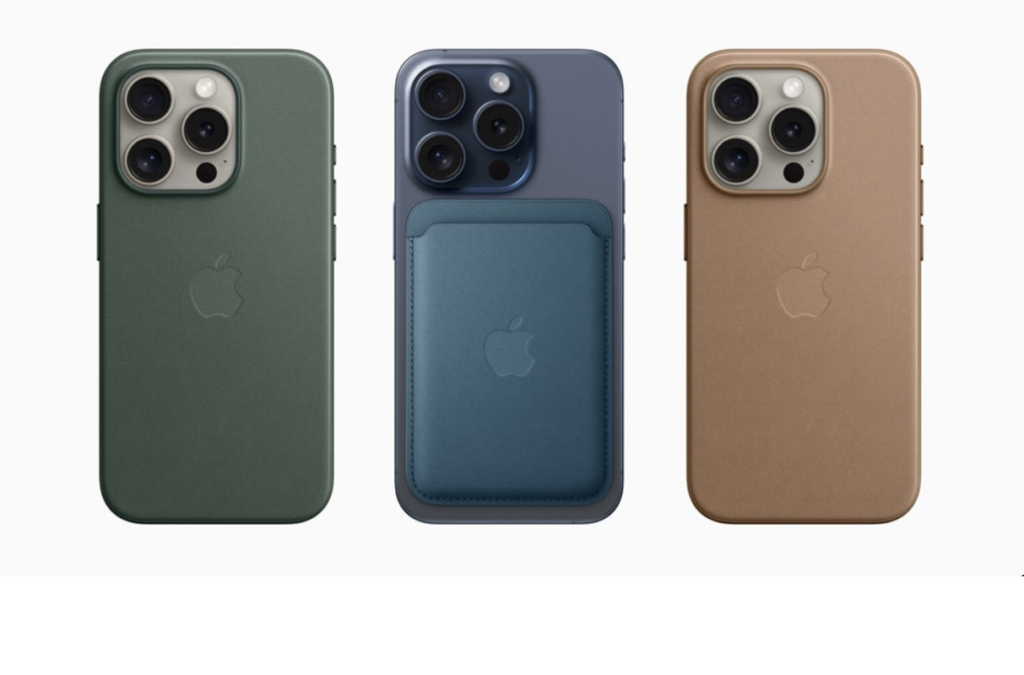The iPhone 15 introduces Smart HDR 5 for advanced photography, enabling users to turn regular shots into portraits and adjust focal points in edits, a capability absent in the iPhone 14.
The iPhone 15 series emerges as a huge leap forward when pitted against its predecessor, the iPhone 14 series. While the iPhone 14 remains an admirable device in isolation, the iPhone 15 presents itself as a better option. This isn’t just due to the inclusion of the more powerful A16 Bionic chip; It is also about the impressive features introduced with the iPhone 15. For this comparison, we’ll focus solely on the differences between the iPhone 14 and iPhone 15, with the understanding that these dissimilarities also apply to the iPhone 14 Plus and iPhone 15 Plus models.

iPhone 15 vs iPhone 14: Display
Starting with the display, despite both the iPhone 14 and iPhone 15 having the same physical dimensions, their screens are different. The iPhone 14 has a 15.40 cm screen, while the iPhone 15 has a slightly larger 15.54 cm screen. Additionally, the iPhone 15 introduces Dynamic Island, a feature previously exclusive to the iPhone 14 Pro models. Additionally, the iPhone 14 offers a peak brightness of 1200 nits (HDR), while the iPhone 15 further pushes the cover with 1600 nits (HDR) and an impressive 2000 nits (outdoor brightness).
iPhone 15 vs iPhone 14: Processor and camera
Crucially, the iPhone 15 upends its predecessor with the inclusion of the swifter A16 Bionic chip, which outperforms the A15 Bionic found in the iPhone 14. The camera system also gets a substantial upgrade, with the iPhone 14 sporting a 12MP dual-camera setup, while the iPhone 15 sports a 48MP primary camera and a 12MP ultra-wide camera. Notably, the iPhone 15 offers a 2x optical zoom option, which is absent in the iPhone 14.

Additionally, the iPhone 15 incorporates Smart HDR 5 for photography, leaving the iPhone 14’s Smart HDR 4 behind. iPhone 15 users get the ability to turn standard photos into portraits at their discretion, as well as adjust the focal point during post-processing, a feature not available to iPhone 14 users. While the front-facing camera remains the same on both models, the iPhone 15 ups the selfie game with Smart HDR 5, as opposed to the iPhone 14’s Smart HDR 4.
It’s worth noting that the iPhone 15 includes a second-generation Ultra Wideband chip, which enables accurate tracking when paired with the Apple Watch. Additionally, the iPhone 15 has removed the Lightning port in favor of a USB Type-C port, which is a notable departure from the iPhone 14’s connectivity. These are the glaring differences between the iPhone 15 and iPhone 14.

In light of these differences, it’s clear that the iPhone 15 represents a significant upgrade over the iPhone 14. With an improved camera system, Dynamic Island support, and a faster chip, the overall iPhone experience is set to provide increased satisfaction for consumers.
Follow TelecomByte for the latest Tech News, also keep up with us on Twitter, and Facebook.
